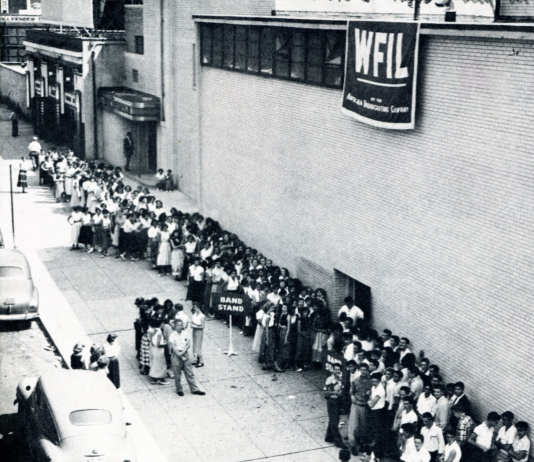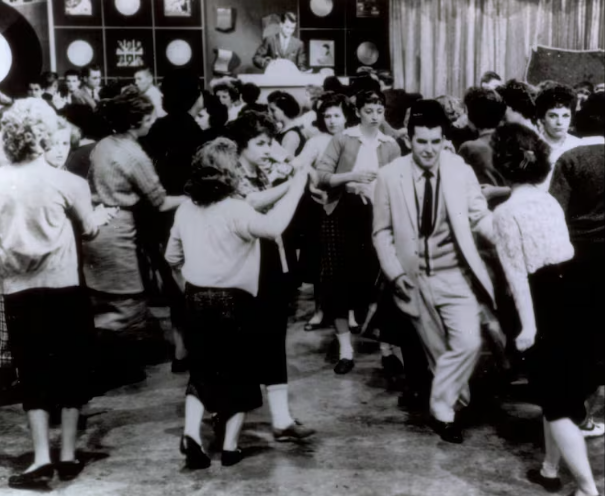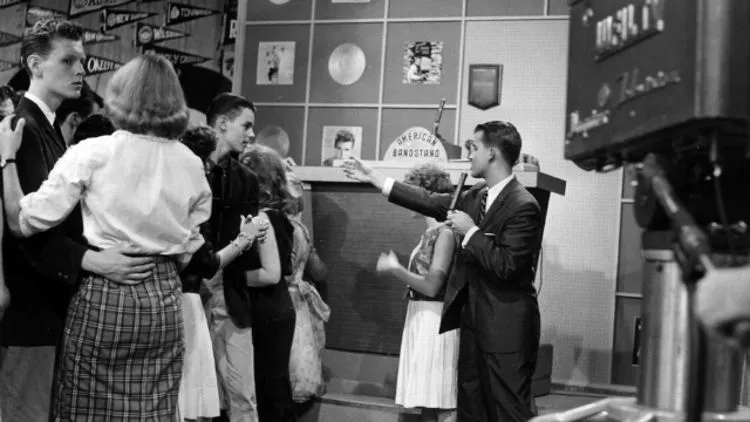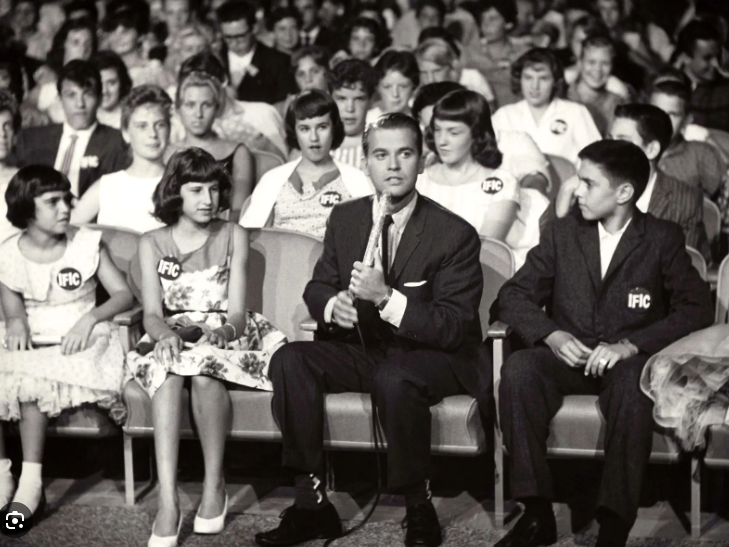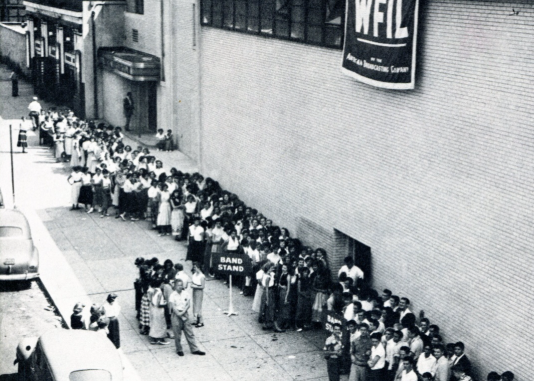
When we think of American Bandstand, it’s easy to picture the glossy national success—the teenage stars, the Top 10 countdowns, the camera-ready smiles. But long before the show became a national treasure, it was a beloved local program known simply as Bandstand, filmed in the heart of Philadelphia. From 1952 to 1957, these formative years were more than a prelude—they were the very foundation of what would become a generational landmark.
A City That Danced First
Philadelphia wasn’t just a backdrop—it was a character in the story. The city, rich with rhythm and cultural diversity, gave Bandstand its first and most loyal audience. Teenagers across Philly rushed home from school to tune in, not because it was a polished production, but because it felt like theirs.
Real Teens, Real Dancing
Unlike other TV shows, Bandstand’s early years weren’t filled with paid performers. The teens who danced on the show were just regular kids from Philly’s neighborhoods. And that was the magic. Viewers didn’t just see celebrities—they saw classmates, neighbors, and friends.
Every afternoon, the WFIL studios at 46th and Market became a playground of rhythm. The dance floor was packed with saddle shoes, poodle skirts, pompadours, and young hearts pulsing to the beat of the newest 45s. And behind the camera, the Bandstand crew worked to keep the energy moving—live, raw, and electric.
The Sound of the City
Philadelphia’s deep ties to doo-wop, jazz, and rhythm & blues gave the show an edge. Local record stores, corner jukeboxes, and neighborhood dances influenced what songs made it to air. The teens weren’t just watching trends—they were making them. Dick Clark, even in the earliest days, paid attention to what the kids liked.
Many future stars got their start on Bandstand during these years—Frankie Avalon, Bobby Rydell, and Fabian among them. They were local boys who suddenly became teen idols, lifted by the energy of their hometown and the platform of a humble little dance show.
Community at Its Core
More than just music, Bandstand in Philadelphia was a community. Teenagers bonded over their favorite dancers. Families gathered in living rooms to guess which song would top the local chart. It created a shared ritual, a rhythm to the week.
Even with its small production budget, there was sincerity in every camera angle, every song choice, every on-air moment. That sincerity built trust—and that trust became the foundation of a national legacy.
A Feeling That Lasts
Ask anyone who watched Bandstand during the Philly years, and their memories are rich with color. They remember the records, the outfits, the laughter—and most of all, the feeling of being part of something. It was television, yes, but it felt local, immediate, and alive.
Even decades later, those moments remain etched in the hearts of those who grew up with them. Because Bandstand in Philadelphia wasn’t just a show. It was theirs. And no matter how big it got later, it never quite lost the charm of where it all began.
🖋️ Do you remember watching Bandstand during the Philadelphia years? Or maybe you were one of the lucky teens who danced on set? We’d love to hear your story.
📋 Share your story with us here:
